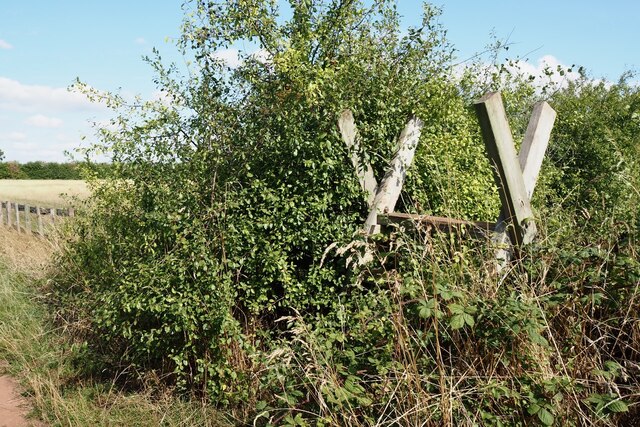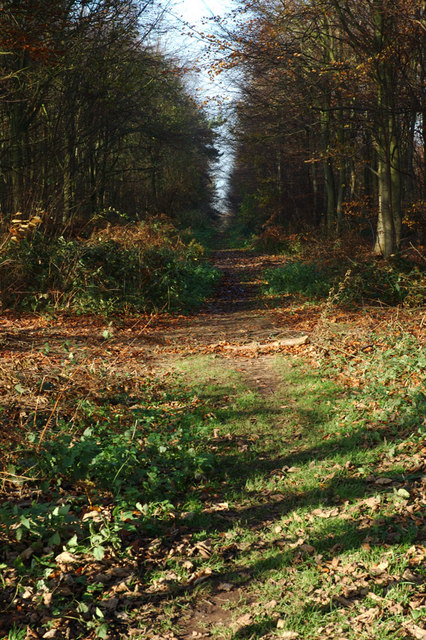Coppy Hill
Hill, Mountain in Derbyshire South Derbyshire
England
Coppy Hill

Coppy Hill is a notable hill located in Derbyshire, England. Situated near the village of Matlock Bath, it forms a part of the Pennines, a range of hills and mountains in Northern England. Rising to an elevation of around 393 meters (1,289 feet), Coppy Hill offers breathtaking panoramic views of the surrounding countryside.
The hill is predominantly covered in lush green grass, with scattered patches of heather and bracken. Its terrain is relatively gentle, making it accessible to hikers and walkers of all abilities. A well-defined footpath leads to the summit, allowing visitors to enjoy a pleasant and picturesque trek.
At the top of Coppy Hill, there is a trig point that serves as a reference marker for surveyors. The trig point offers an elevated vantage point for taking in the stunning vistas, including the nearby River Derwent and the charming town of Matlock Bath.
Coppy Hill is a popular destination for outdoor enthusiasts, offering various recreational activities such as hiking, birdwatching, and picnicking. The hill's location within the Derbyshire Dales also provides opportunities for exploring the nearby countryside and visiting attractions such as the Heights of Abraham, a hilltop park with stunning views and cavern tours.
Overall, Coppy Hill in Derbyshire is a delightful natural feature that offers both locals and tourists the chance to immerse themselves in the region's natural beauty, with its captivating landscapes and peaceful ambiance.
If you have any feedback on the listing, please let us know in the comments section below.
Coppy Hill Images
Images are sourced within 2km of 52.825357/-1.4753121 or Grid Reference SK3525. Thanks to Geograph Open Source API. All images are credited.






Coppy Hill is located at Grid Ref: SK3525 (Lat: 52.825357, Lng: -1.4753121)
Administrative County: Derbyshire
District: South Derbyshire
Police Authority: Derbyshire
What 3 Words
///relatives.surveyed.helper. Near Melbourne, Derbyshire
Nearby Locations
Related Wikis
Heath Wood barrow cemetery
Heath Wood barrow cemetery is a Viking burial site near Ingleby, Derbyshire. == Description == Heath Wood contains a series of 59 barrows which is a Viking...
St George's Church, Ticknall
St George's Church, Ticknall is a Grade II listed parish church in the Church of England in Ticknall, Derbyshire. == History == The church was built in...
Ticknall
Ticknall is a small village and civil parish in South Derbyshire, England. The population of the civil parish (including Calke) at the 2011 Census was...
Ticknall Tramway
The Ticknall Tramway was a 12.8 mi (20.6 km) long 4 ft 2 in (1,270 mm) gauge horse-drawn plateway terminating at Ticknall, Derbyshire, England. It operated...
Ingleby, Derbyshire
Ingleby is a hamlet and civil parish in South Derbyshire, England, situated to the south of the River Trent on a rise between Stanton by Bridge and Repton...
St Michael's Church, Stanton by Bridge
St Michael's Church, Stanton by Bridge is a Grade I listed parish church in the Church of England in Stanton by Bridge, Derbyshire. == History == The church...
Anchor Church
Anchor Church is the name given to a series of caves in a Keuper Sandstone (Triassic conglomerate) outcrop, close to the village of Ingleby, Derbyshire...
Foremark
Foremark is a hamlet and civil parish in the South Derbyshire district of Derbyshire, England. It contains Foremarke Hall, a medieval manor house which...
Nearby Amenities
Located within 500m of 52.825357,-1.4753121Have you been to Coppy Hill?
Leave your review of Coppy Hill below (or comments, questions and feedback).

















